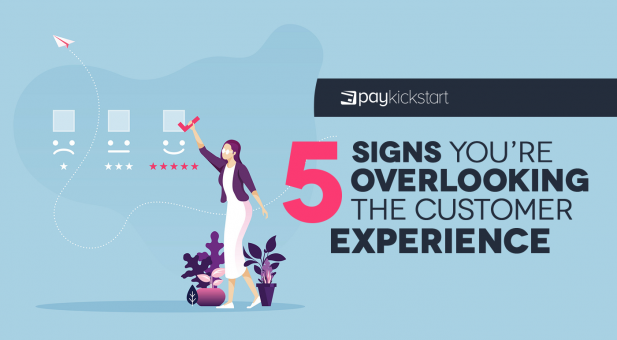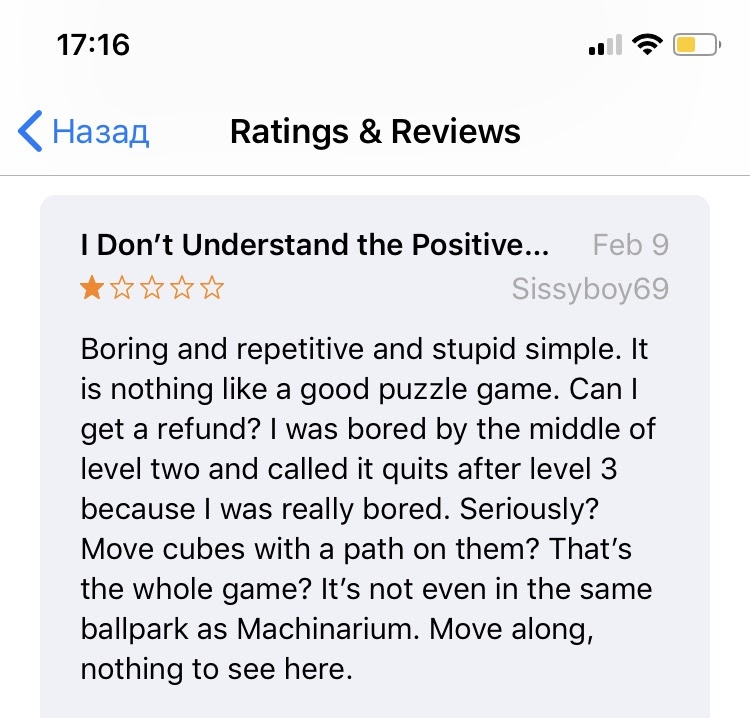Subscription growth hack (by PayKickstart)
Facebook Group - 3,932 members
Visit Group
Sales and marketing professionals understand the strategy side of building a strong digital customer experience, but there are so many factors that go into what encompasses relationship-building with customers that it can be easy to overlook the full picture.
Businesses of all sizes need to ensure they’re listening to their customers and responding to inquiries appropriately when it comes to customer experience. But the customer experience isn’t something static that ends after you convince a prospect to buy from you. It’s a multi-level process that begins at the prospect stage, builds during customer onboarding, flourishes throughout the duration of their journey, and ends in the offboarding stage.
The problem is most companies think that the customer experience is restricted to the early stages of the relationship you have with them. This is when things get tricky.
We’ll lay out 5 signs you may be overlooking the customer experience so you can acknowledge and target them head-on before it’s too late. The signs go as followed:
Your primary concern with customer relationship-building is probably the end goal of making a prospect into a customer, and that makes sense. But even if you have the most robust lead generation machine, all of that is for naught if you view your customers as sales numbers rather than people who rely on your business to solve their problems.

To make sure that you’re actually prioritizing relationships over just sales, you need to make sure customers are at the forefront of your mind and focus on communication at all ends. I recently wrote about how I use tools to facilitate this:
“The ultimate sales strategy is using sales productivity tools to build relationships with your customers. That’s the secret to turning one-time transactions into lifetime customers and loyal brand advocates. Focus on using tools to facilitate this.“
This means not only having stunning email and call templates, using the right language in your follow-ups with prospects and customers, but also personalizing the experience from the first touchpoint. Going in unprepared is a blindspot and missed opportunity in building out a strong customer experience.
Instead of treating every prospect like a number on a spreadsheet, make an effort to get to know each one and personalize your communications with them. Use your CRM tool to track which stage a prospect is in and garner more insights about who they are and what help they need from you. This can help you track all of your leads, see what stage of the buying process they’re in, and more.
You really have to know who you’re talking to and understand what they’re looking for. Not everyone you speak to is going to be the “right” client at the right time. For instance, if you try pitching something that a prospect doesn’t want or need, they’ll be turned off to you, making it more difficult for you to re-enter the picture at a later time when they may actually be on the hunt for a solution you offer.
Don’t lose out on future opportunities by not researching your intended targets fully. Know who they are, what they need, and provide value by demonstrating what you offer to actually make their specific experience better and easier. Generalizing and pigeon-holing customers into a small box isn’t going to earn you any sales.
The best thing you can do is break down the walls of “sell to this person” and be transparent about what’s going on with your company as a way to instill trust in your brand. Especially with the current business environment, giving your audience an inside look into how your company and employees are managing during trying times can humanize your brand.
It’s inevitable that some of the people you’re pitching to are in crisis mode right now. Break down the facade of “everything’s fine” and be real that sometimes, you struggle, too.
Use this genuine approach to show the ways that your employees are managing and/or thriving by using your own solutions. While your team may be far apart, you can provide service to customers as if nothing has changed in the past calendar year. Utilizing robust ticketing, live chat functionality, and messaging tools to keep customer communication strong is one way to show that you’re unified with your team and with the customer – even from afar.

Show your customers that you’re committed to empathy. Show them that you’re there to make their experience one-of-a-kind and personalized to their business. Emphasize that their success is your success, and for one to function, the other has to work in tandem.
One of the fastest ways to inhibit customer loyalty is by ignoring their pain points.
Even if you’re an expert in mapping your customers’ journeys, if you overlook their pain points, you’re missing out on building a proper customer experience. Instead of using templated personas and hypothetical situations, use real-life customers as your baseline for how to approach the issues your customers face.
Using details like prospects’ or customers’ job titles, roadblocks to completing their work, and referencing goals they want to achieve will put you in a better place to demonstrate why your product is exactly what they need to solve issues they’re facing.
Say a company’s customer service team is growing. But with the acceleration of remote work, this could make it more difficult to collaborate amongst team members and prospects. How can you use this knowledge to put forth your product as the solution this company needs?
Let’s say you offer a virtual phone system that can be managed from anywhere in the world, and it includes the ability for cloud communication and collaboration. Push this angle and the impact it’ll have on that business. That’s how you meet customers at their pain points, rather than ignoring the problems they hold close.
It’s flattering to receive positive feedback from your customers when you’ve done a great job. But it’s not so fun to read upsetting reviews or feedback from customers when they’re unhappy.
Still, that’s life and you can’t afford to ignore negative reviews in hopes that the positive ones will outweigh the negative. Chances are one ignored negative review will have a greater impact than 10 positive reviews. In fact, 85% of consumers seek out the negative reviews before making a buying decision.

So you need to actively listen to feedback and criticism from customers and prospects – and respond to all of it. How you respond – with grace or with anger – will affect the overall customer sentiment surrounding your business. Unanswered reviews will backfire on you, and word-of-mouth travels fast. You want to ensure that even your unhappy customers have a positive customer experience, so find ways to make solutions, not hide away from problems.
A customer was unhappy with the amount of time it took to reach your support team?
With business standards changing, you’re probably experiencing new pressures from prospects and customers, but you need to acknowledge that your customers are feeling the same way. You have sales goals; they have sales goals. You have deadlines; they have deadlines.
Regardless of whose workload, problems, or experiences are in a worse-off state, it’s your responsibility as a customer-minded salesperson or marketer to ensure that you are making their customer experience as supreme as possible.
Providing status updates, using the right tools, being transparent about your struggles, addressing customer concerns, and adding value to your professional relationship are all ways to stop overlooking the customer experience. Neglecting customers is a no-no, even when you are struggling, too.
Showing that you care about your customers’ experience with your company is a surefire way to ensure they don’t go looking to your competitors to see if someone else will provide them better service, offerings, and an overall customer experience.
Dmitry Dragilev is the founder PRThatConverts.com - an online coaching program where he works with 800+ students from 25+ countries to help them master PR, SEO and content marketing. Dmitry is also the founder of JustReachOut.io - a software platform which has helped 5000+ business owners pitch journalists and get covered in press all on their own without the help of PR firms. In his spare time Dmitry blogs on CriminallyProlific.com and SmallBiz.tools - a blog where he reviews the best business software tools for people who want to save time and eliminate stress. In his not so distant past Dmitry used PR and SEO to build a startup from 0 to 40M pageviews and got acquired by Google. He is a contributor at Forbes, Entrepreneur, Wired, BusinessInsider, TheNextWeb, WIRED, and has written 1500+ articles in the last decade. He shares his thoughts on his personal blog as well at CriminallyProlific.com
Read More About Dmitry Dragilev